MARKET OVERVIEW
The global PVC market on the path of change since emerging demand has led to the change of its growth and fresh technological innovations also emerged. The PVC is a man-made plastic produced globally, hence it is extensively used in a number of industrial applications like construction and automobiles. This will keep developing in the future as it continues to adapt itself in line with changes in consumer behavior, regulatory needs, and innovation along its supply chain. One of the significant impacts of this transformation will be continuous effort to make the manufacturing of PVC environmentally friendly and to minimize the environmental impact of the manufacturing of PVC. The increasing focus on a greener material will have the industry gravitating towards more sustainable processes for producing PVC.
This shift will be initiated by the advancement of recycling technologies with a greater focus on recycling PVC waste. These technologies will not only render PVC more sustainable, but they are going to be part of the measures being instituted for the broader problem of plastic waste, which is fast becoming a critical nexus for world discourse on sustainability. In the forthcoming few years, it would be expected that such recycling mechanisms are mainstreamed by the industry as additional impetus for the circular economy strategy. In the forthcoming years, producers will join hands with green organizations to a greater extent. Renewable materials in the formulation of PVC will make gains more firmly as consumers become increasingly environmentally aware by requesting consumer products manufactured with greener options.
Bio-based materials for PVC will see higher degrees of innovation as businesses seek greener alternatives to conventional petrochemical-based PVC. This change could possibly redefine the competitive forces of the marketplace, opening up new avenues for business houses to provide economical and eco-friendly solutions. Technological progress in the manufacturing sector is another important consideration here, which would drive the future of PVC. Automation of the manufacturing units and application of smart technologies in production houses would minimize cost and improve the quality of the end product, resulting in efficiency and hassle-free operation.
It can help provide PVC manufacturers with the means to expand the application base of these products across different sectors like construction, packaging, and healthcare equipment. The world PVC market is expected to undergo a change in its geographical dynamics in the coming years, with developing economies of Asia-Pacific and Africa boosting their contribution to global PVC consumption. While improving infrastructure development in these areas, the demand for PVC for building materials like pipes, fittings, and flooring will improve.
The need for PVC will also be influenced by increasing urbanization and the expansion of the middle class, which will necessitate increasing volumes of products comprised of PVC, from consumer products to packaging materials. The global PVC market ought to gain some position in medical and healthcare sectors. The benefits of PVC - adaptability, affordability, and sterilizability - would make it one of the favorable products for manufacturing medical instruments, such as blood bags, tubes, and surgical gloves. Growth and evolution in health sectors of emerging countries are ought to drive up consumption of PVC-based products in such markets. Overall, the global PVC market is at a pivotal stage of evolution with its development grounded on the sustainability factor, technological innovation, and expanding application.
Adapting to needs and challenges in the market, it will be a key component of the world economy, driving innovations and addressing the needs of several industries. The years ahead are going to be a period of tremendous change and opportunity, when PVC's function in the marketplace will be constantly changing and adapting to address new world needs.
Global PVC market is estimated to reach $105,818.31 million by 2032; growing at a CAGR of 4.4% from 2025 to 2032.

GROWTH FACTORS
The global PVC market is growing very fast throughout the world, primarily due to the fact that construction materials are offered at reasonable prices and it is a cost-cutting and versatile material. The PVC industry has become the ultimate option in the building sector as it is a cheap and versatile material. As nations continue to urbanize and industrialize at a quick pace in the developing markets, consumption of PVC is an on-rising trend. Cities are growing, and infrastructure growth is booming, a byproduct of which generates a need for long-lasting and inexpensive building material. A very basic reason that fuels growth in this pvc market is growing demand.
PVC has some challenges ahead, however. For instance, some price volatility in the raw materials impacts its production and hence becomes relatively uncertain to a manufacturing company, thus unable to maintain constant profit margins in its business segment. Apart from that, strict environmental laws regarding plastic waste management also pose some challenge to the pvc market. Governments worldwide are strengthening regulations to meet the increasing concern of plastic pollution, and this may have the effect of imposing greater restrictions on PVC product production and disposal. These restrictions may hamper market growth and innovation in the industry. Even with these obstacles, there are emerging opportunities through which the PVC market's future is fated to be altered. There is now a big movement towards embracing recyclable and green materials where innovation in PVC can be achieved by means of production.
These producers are more focused on durable products as well as green consciousness. This change is bridging the gap for plastic waste as well as sustainability concerns and giving businesses additional means for expansion. Demand for recyclable PVC and its use in less environmentally degrading applications is likely to grow, making the market more attractive to green consumers and businesses. In the years to come, the pattern of sustainable materials will continue to provide the PVC industry with rich opportunities. As the world becomes centered around sustainability, green PVC solutions will be in greater demand. This will push innovation and provide new markets, and PVC will remain an important sector of construction and other industries. The proper tactics and progress will continue to expand the PVC market despite its setbacks.
MARKET SEGMENTATION
By Product Type
The global PVC market will keep on growing steadily because the need for tough, yet inexpensive plastic products grows in many industries. PVC or polyvinyl chloride is a popular option due to its ease of application, little maintenance, and long lifespan. In the next few years, various types of PVC will have even wider applications with technological advancement, growth in urban areas, and shifts in consumer habits.
Rigid PVC, which is frequently applied in construction and packaging, will continue to be the leading product type because of its durability and resistance to weather conditions. It is widely applied in producing pipes, window frames, and other forms of building materials. The worth of rigid PVC by 2025 will be USD 48,687.84 million. This increase will be driven by increased activity in infrastructure developments and the increasing demand for recyclable and sustainable building materials. The rigidity of rigid PVC makes it ideal for applications where structural integrity is critical, which is why it will remain sought after.
Flexible PVC, however, has greater flexibility in applications like wires, cables, flooring, and medical equipment. It facilitates more precise bending and shaping, which contributes to its attractiveness in design-oriented and utilitarian domains. Flexible PVC will gain from increasing demand in the healthcare and electronics industries with an estimated value of USD 25,115.97 million by the year 2025. As nations enhance their healthcare infrastructures and update electrical infrastructures, demand for flexibles will follow suit. In such environments, PVC's durability and capacity to shield other materials make it an intelligent option.
Other types of PVC that address less usual or specialty applications will continue to find market space. With an estimated value of USD 4,622.34 million in 2025, this segment can expand at a slower rate than the others but will finance innovations that demand tailor-made plastic products. These can be specialty films, coatings, or materials applied in smaller industries that involve special physical characteristics.
In general, the future of the global PVC market is stable and promising. All three types—rigid, flexible, and other types will be part of making industries work with plastic materials. As regulations tighten on the environment and consumers demand more green choices, the market will move toward better recycling technologies and smarter product design. PVC will continue to evolve, not only to satisfy demands for today but to address tomorrow's problems as well.
By Application
The global PVC market covers a number of major applications that dictate its demand and application across numerous industries. They comprise pipe and fittings, profiles, film and sheet, wire and cables, flooring, and other miscellaneous applications. Each category plays a vital function in enlarging the pvc market as each serves different needs in the construction, electrical, and manufacturing industries.
One of the most widespread uses of PVC pipes and fitting is that it still holds its reign in the market because of its versatility and affordability. It is also widely used in plumbing, drainage, and sewage systems owing to their durability, affordability, and corrosion resistive factor. Subsequently, demand for infrastructure development and upgrading will lead to demand for PVC pipes and fitting.
Profiles manufactured from PVC are another significant segment of the market. They are utilized in window profiles, door profiles, and other building structures, and offer high insulation and weather sealing. The need for energy-efficient construction and eco-friendly building practices is fueling the demand for PVC profiles. Owing to the increase in green construction and energy-saving practices, PVC profile usage is anticipated to increase.
There is a continually growing demand for the different arenas of usage of PVC film and sheets, employed mainly for the application of material that undergoes packaging signs and advertising issues. Such types of products do not have very much weight, providing a lot of facility in production through varied thickness forms while dealing in sheets, and might even be made flexible. Increased interest in the issue of packaging, retail outlets and matters of advertising should utilize them more in the future.
The second major area in the market for PVC is that of wire and cable applications. Extremely high electrical insulation along with unprecedented resistance to heat has caused PVC to be a perfect insulator for a host of electrical cables. The growing need for electrical as well as communications networks and more renewable sources of energy would drive demand for PVC-based wire and cable applications.
PVC flooring enjoys extensive use both in domestic and industrial sectors. They are durable, resistant to water, and easy to clean. This is the reason for frequent use of the same in the kitchen and bathrooms, which are moist/humid environments with the need for easy cleaning features. Higher construction activities and real estate companies may thus lead to higher demand growth for PVC flooring.
The "Other" segment has a wide variety of applications, ranging from medical equipment to car accessories and household items. These are good examples of how versatile the PVC is in molding it into any shape to suit the manufacturing needs. When industries evolve and new uses for PVC emerge, the "Other" segment will be the dominant part of the market.
In sum, the world pvc market is varied and encompasses a multitude of uses that contribute to the growth of this market. Industries in the coming years are going to continue to demand effective, budget-friendly, and environmentally friendly solutions, and in this regard, PVC use is going to remain imperative in numerous fields. Infrastructure building, energy efficiency, and continued technological development are going to be driving forces for demand in the coming years.
By End Use
The PVC market globally is extremely broad and diversified with its uses in various industries. Segmented by end-use, the market is classified into multiple segments based on certain requirements and necessities. These segments are Building & Construction, Packaging, Automotive, Electrical & Electronics, and Other. These segments individually have a pivotal role in driving the overall demand of PVC products globally.
The most significant and largest demand driver for PVC is in the Building & Construction segment. It is used extensively in this industry due to its permanence, affordability, and versatility. PVC is utilized predominantly in pipes, window frames, flooring, and roof materials. Its cost-effectiveness and permanence make it one of the favorite materials for constructing residential and commercial units. As urbanization continues to rise, demand for PVC in the construction industry will see the demand increase and rise as there is heightened demand for low-cost yet durable construction material.
Another crucial segment in the global PVC market is packaging. PVC is widely applied in consumer items, pharmaceutical products, foods, and drinks packaging. In any use, like packaging, PVC provides very good protection from contaminant penetration by performing as a very good barrier layer and keeps commodities fresh and hygienic. Increasing demand for packaged products owing to increased global consumption will also increase demand for PVC in this specific segment further.
Applications and Uses of PVC in Automobile industries: PVC was utilized in an interior trim with electrical wires. The characteristics of the polymer are light strong and rugged for extreme environmental conditions ideally fit for a vehicle. Currently, the significance regarding fuel efficiency as well as minimizing the automobile weights, PVC Automotive production is anticipated.
The Electrical & Electronics industry also accounts for a major share in the global PVC market. PVC finds application in wire, cable, and insulating material manufacturing because of its superior electrical properties and flame and heat resistance. With increasing dependence on electronic gadgets around the globe, the demand for PVC from this industry is likely to expand.
Other categories are various miscellaneous uses of PVC in industries like health, agriculture, and consumer products. These markets contribute to the industry but are generally smaller than the ones previously mentioned. They nevertheless contribute a percentage of the demand of PVC products worldwide.
The global PVC market, based on the segment of end-use, divides into Building & Construction, Packaging, Automotive, Electrical & Electronics, and Other. In this way, it signifies the way PVC is crucial for the world based on different kinds of business. The increasing demand for PVC is motivated by each segment because their businesses are growing day by day.
|
Report Coverage |
Details |
|
Forecast Period |
2025-2032 |
|
Market Size in 2025 |
$78,426.15 million |
|
Market Size by 2032 |
$105,818.31 Million |
|
Growth Rate from 2025 to 2032 |
4.5% |
|
Base Year |
2024 |
|
Regions Covered |
North America, Europe, Asia-Pacific Green, South America, Middle East & Africa |
REGIONAL ANALYSIS
The PVC market is geographically segmented into North America, Europe, Asia-Pacific, South America, and the Middle East & Africa. The North American region is further segmented into the U.S., Canada, and Mexico. All these nations play a major role in the overall market trends and are driven by demand through means such as industrial uses, building development, and regional economic conditions. Europe includes nations like the UK, Germany, France, Italy, and other nations on the continent. All of these nations are key consumers and producers of PVC. Of these, Germany and the UK dominate the European PVC market. The European PVC market is driven mainly by the construction, automotive, and healthcare industries, among others. The Asia-Pacific region is the largest in the world PVC market. The region has been divided into the following major markets: India, China, Japan, South Korea, and the rest of Asia-Pacific.
China is the largest market for this region, which is the key market in the Asia-Pacific region, driving the PVC industry globally. Large-scale industrialization in the nation, manufacturing capacities, and tremendous demand in construction, packaging, and consumer goods are prime constituents of the country's market share. Both Japan and South Korea also contribute immensely from the perspective of advanced technological applications along with high-quality PVC demand. India's PVC market is expanding with the growth rate in infrastructure and urbanization. South America is another market area that is very significant in the global PVC market.
It encompasses Brazil, Argentina, and the remainder of South America. The largest market in South America is Brazil, with demand being provided by construction, automotive, and packaging sectors. Argentina also experiences increasing demand for PVC since the material is used extensively in several industrial purposes. Middle East & Africa consumption has been extremely heterogenous. One side is the GCC cluster, with countries like Saudi Arabia, as well as the region in general, experiencing growing demand due to a strong construction and infrastructural market for PVC. Significant growth can also be seen in South Africa, particularly with construction or automotive applications in the region. Every region has its own set of demand drivers and market patterns, which cumulatively drive the total expansion of the world PVC market.
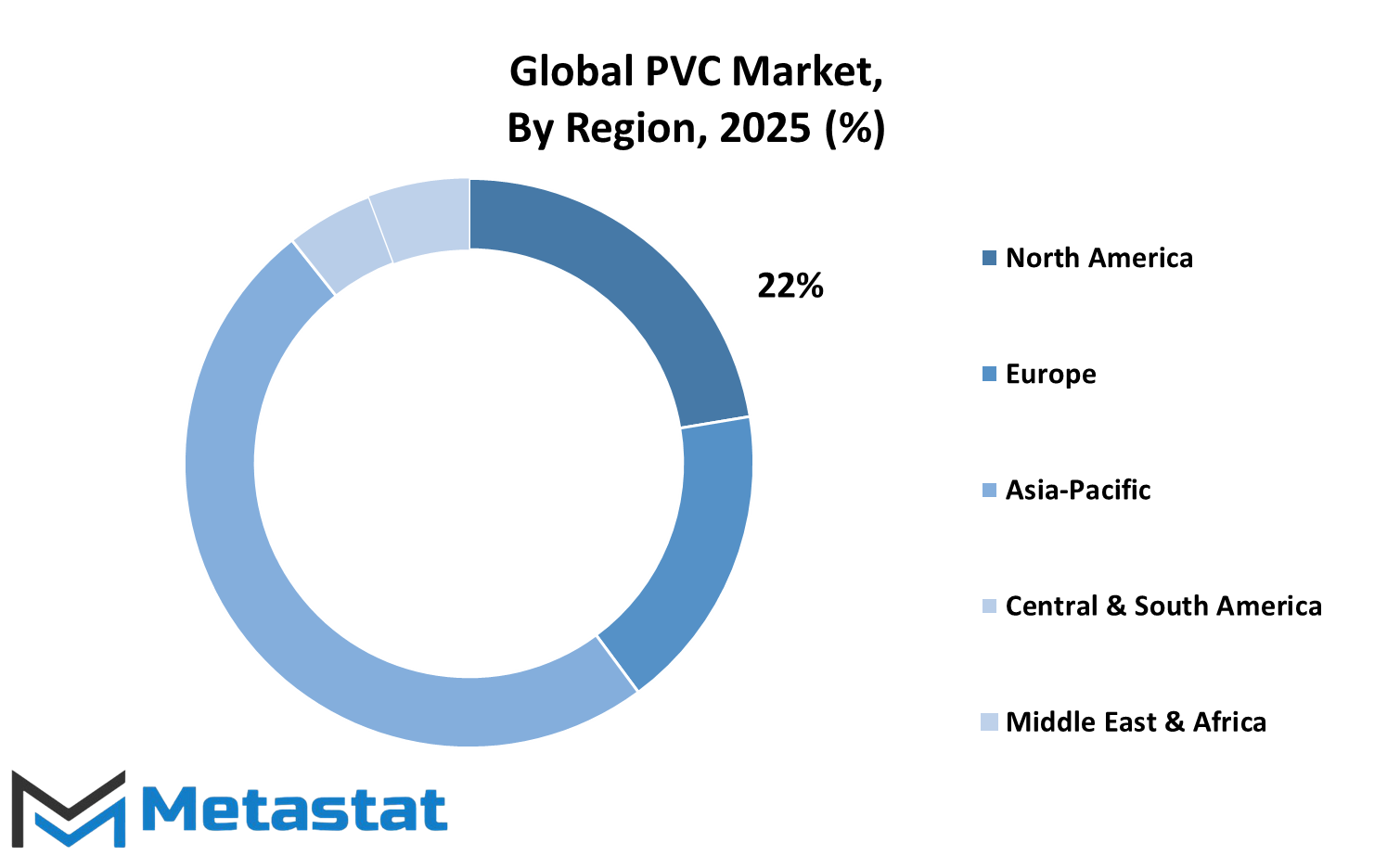
COMPETITIVE PLAYERS
The global PVC market is regarded as being among the largest and dynamic in the chemical sector. It contains numerous excellent players who drive and energize this business. Some of the greatest companies that are part of Ercros, Formosa Plastics Corporation, and Hanwha Group are the topmost in the list and contribute significantly to the supply of polyvinyl chloride on a global scale. Other prominent ones include INEOS, KEM ONE, and Occidental Petroleum Corporation, which all have a critical function in the manufacturing and delivery of PVC products around the world.
Sterling Plastics, Inc., Shin-Etsu Chemical Co., Ltd., and Vynova are the third big giants in PVC market. Such businesses have remarkable abilities that are unique from one of the above giants. The continuous innovation and geographic growth are always sought after in order to supply the needs brought about by this ever-growing market. Westlake Corporation, LG Chem, BASF SE with its outstanding PVC production process and wide range of products for the markets would further strengthen the market for PVC. Arkema S.A., Ineos Chlorvinyls Ltd, and Finolex Industries Ltd are major players in the PVC sector as they have extensive experience with a strong presence in the markets of the world. These companies produce a particular set of products using PVC, which are used in construction, medical, and packaging industries. Premier Polyfilm Ltd, The Chemical Company, and Dupont also add great value to the PVC market.
The rivalry among such players is ever on the tight edge, as each company continuously attempts to drive the market share to its next level, production process efficiency, and product innovation. Accordingly, the demand in the PVC market will continue to expand with industries like construction, automotive, and electrical being major drivers.
These firms and others like them will be leading the future of the PVC business as they work toward satisfying the evolving demands of international consumers and industries. Prosperity of such PVC market major players will increasingly be a function of the degree to which they adapt to shifting marketplace demands, invest in the technologies of sustainable development, and meet customer requirements for high-value, affordable PVC products. Additional expansion and expansion of these firms will increasingly cement the global PVC market as an integral component of the global economy.
PVC Market Key Segments:
By Product Type
- Rigid
- Flexible
- Other
By Application
- Pipe & Fittings
- Profiles
- Film & Sheet
- Wire & Cables
- Flooring
- Other
By End Use
- Building & Construction
- Packaging
- Automotive
- Electrical & Electronics
- Other
Key Global PVC Industry Players
- Ercros
- Formosa Plastics Corporation
- Hanwha Group
- INEOS
- KEM ONE
- Occidental Petroleum Corporation
- Sterling Plastics, Inc.
- Shin-Etsu Chemical Co., Ltd.
- Vynova
- Westlake Corporation
- LG Chem
- BASF SE
- Arkema S.A.
- Ineos Chlorvinyls Ltd
- Finolex Industries Ltd.
- Premier Polyfilm Ltd
- The Chemical Company
- Dupont
WHAT REPORT PROVIDES
- Full in-depth analysis of the parent Industry
- Important changes in market and its dynamics
- Segmentation details of the market
- Former, on-going, and projected market analysis in terms of volume and value
- Assessment of niche industry developments
- Market share analysis
- Key strategies of major players
- Emerging segments and regional growth potential



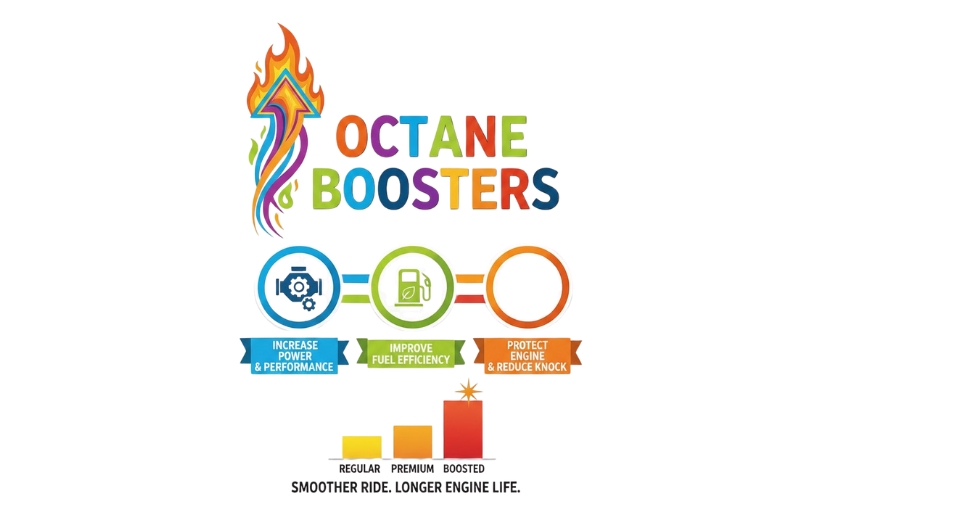
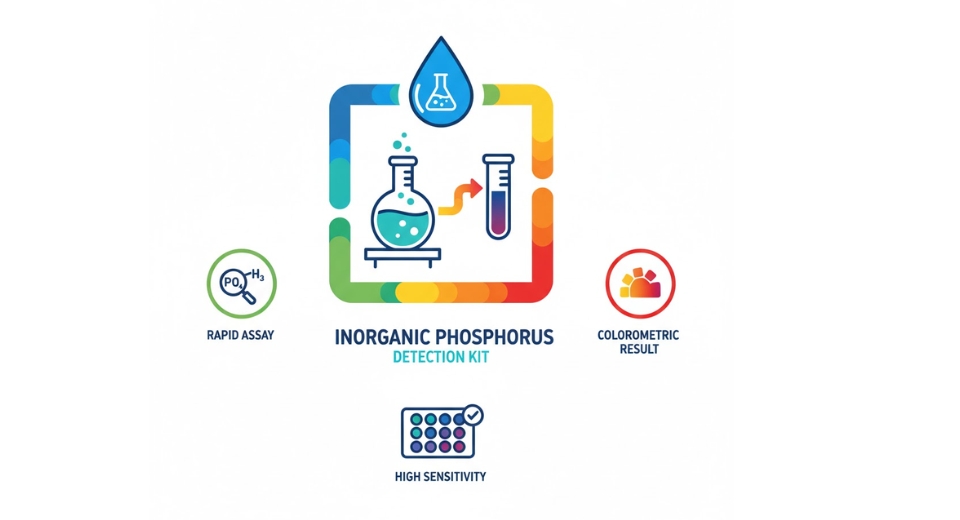
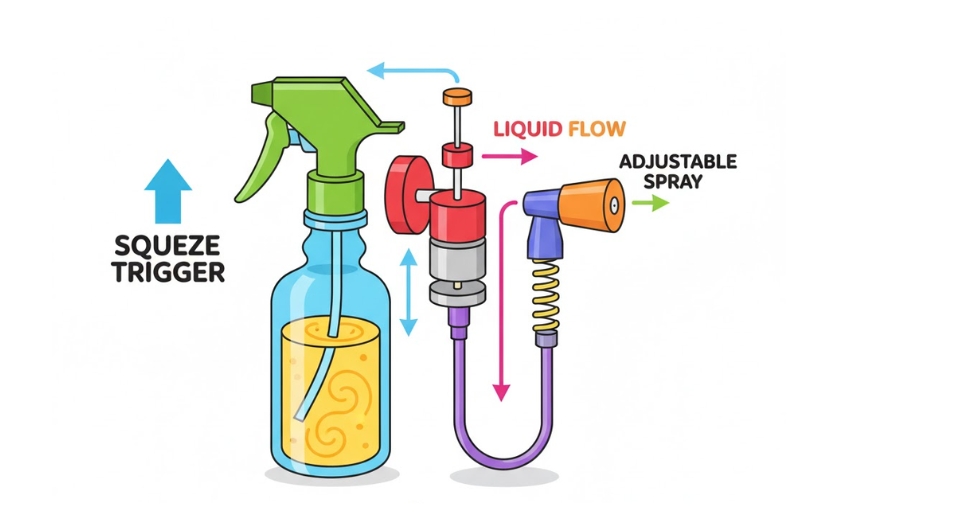
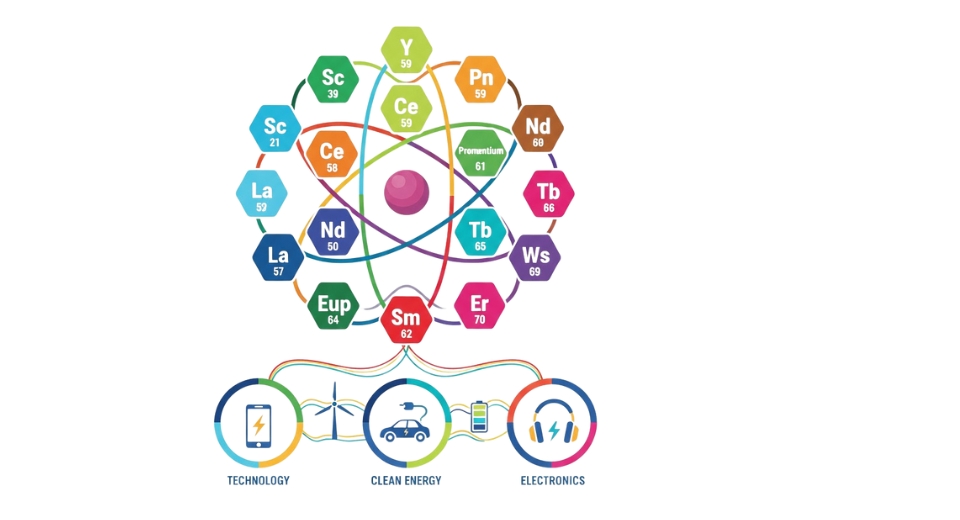

 US: +1 3023308252
US: +1 3023308252






